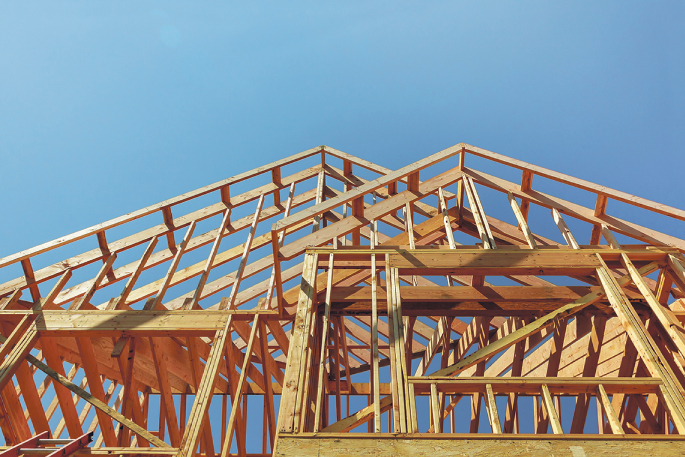Rules to help fast-track much-needed housing in Ōmokoroa and Te Puke are now in place.
This month Western Bay of Plenty District Council made changes to its planning rules to allow up to three homes of up to three storeys on a single site in the two towns, from March 13, 2024 – in line with the Government’s medium-density residential standards.
Known as ‘Plan Change 92 Ōmokoroa and Te Puke Enabling Housing Supply and Other Supporting Matters’, the new rules mean more houses can be built in existing residential areas with access to infrastructure, amenities and community facilities that are already in place.
Homes that meet the standards do not require resource consents but will still need building consents.
The nine density standards include allowing three homes on a site and houses up to 11 metres high.
Half of a site can be covered in buildings, and there are requirements to provide outdoor living space and on-site landscaping.
Te Puke and Ōmokoroa are the only two towns in the district that have existing or planned urban populations that fit the brief for the new law – earmarked for greater housing intensification.
The Plan Change also zones new land for housing in these towns such as Stage 3 of Ōmokoroa –including Prole and Francis roads – and Seddon St in Te Puke.
These areas will have similar rules to those being introduced for the existing residential areas.
Better control
Western Bay Mayor James Denyer says the new rules create more certainty and guidance for both council and developers to help address housing shortages.
“We’ll now have better control over the types of homes that are being built and ensure there is a strong connection between private and public spaces to enhance the character of our communities.
"It’s now up to us to think innovatively on how we use the rules to deliver a range of modern housing opportunities that meet the needs of our community – not only today but into the future."
“We are also in the process of producing a spatial plan for Te Puke, to understand what the population growth of the town and wider area is likely to be during the next 30 years, and what land might be needed for housing and business development to support that population.”
Housing is a fundamental need that currently is not being met in many of the Western Bay sub-region, with the population growing faster than the national average and the WBOP community experiencing a housing shortage.
Affordable, meet differing needs
James says while these rules aim to create more positive housing outcomes and alleviate pressure on the housing system, careful planning and consideration has gone into ensuring they work for the district’s specific needs and character.
An independent panel provided recommendations on the new housing rules and the supporting rule changes, and council recommended alternative rules for the Minister to decide on where it doesn’t agree with what the panel recommended.
“Council is committed to providing housing that is affordable and meets the differing needs of our people,” says James.
“Growth and density comes with challenges.
"Councillors were rightly concerned about the roading capacity in and out of Ōmokoroa, improved opportunities for public transport in the future and ensuring houses are designed in a way that create great outcomes and do not hinder essential services.”
A new interim roundabout is soon to be constructed at the Ōmokoroa Rd intersection with State Highway 2, to address safety issues and provide capacity for the large part of Ōmokoroa’s future growth, and Plan Change 92 approves about 10 hectares of new active reserve to cater for Ōmokoroa’s increasing population.
For more information about the new rules for building homes in Ōmokoroa and Te Puke, see the council’s webpages on Medium Density Residential Standards page and District Plan Changes.



0 comments
Leave a Comment
You must be logged in to make a comment.